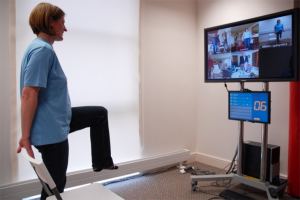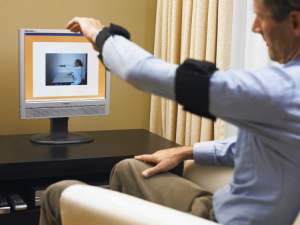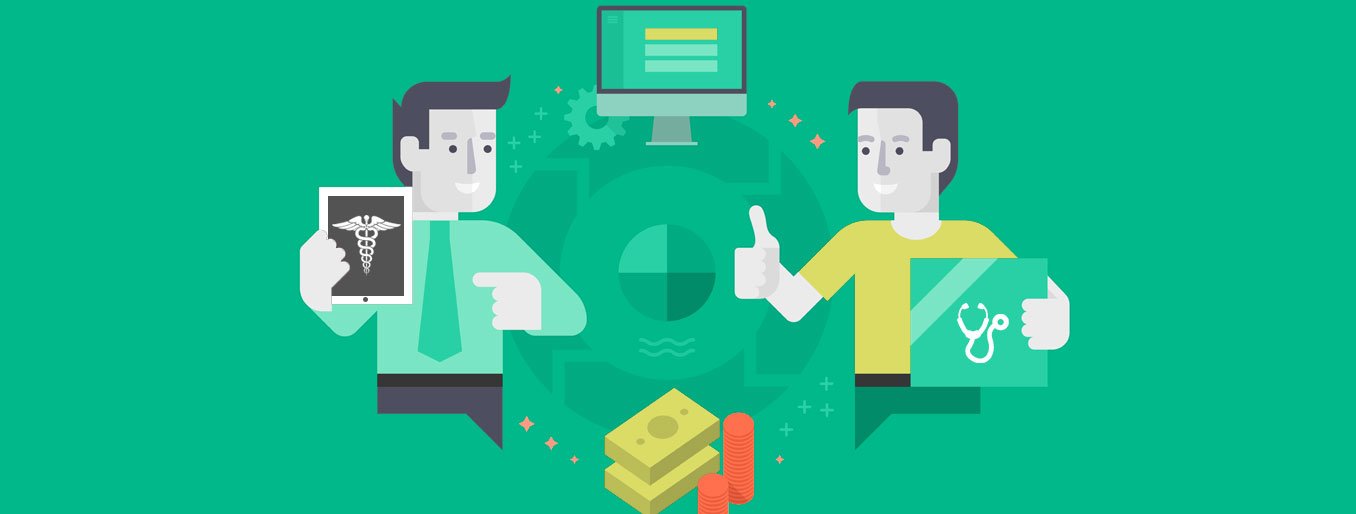Recently, a physical therapist wrote about why he quit his successful practice to move into a digital health start-up. Why? Because he felt that the scope of his conventional practice was limited. He had managed to bring it to a point beyond which he felt he could do no more for his practice or his patients.
Which brings us to the question – Does digital health have a broader scope beyond core medical specialties? Yes, we think so.
Let’s take physical therapy, for example. Chiropractors, physiotherapists and clinics specializing in this field stand to gain a lot by adopting healthcare IT.

Reaching out to patients
One of the biggest advantages of digital healthcare has been its ability to bring quality care to more people who need it. Add to this the fact that online searches for queries like “physiotherapy”, “physical therapy”, “back pain exercises” etc. are over 4 million per month. It is obvious to see that with a growing incidence of obesity and poor lifestyle choices, coupled with a sedentary routine, most adults are likely to have some physical uneasiness. Even among those who are health conscious, there are queries about how to prevent injury, treat sports injuries and how to exercise post-injury rehabilitation.
Besides an online health presence, physical therapy clinics can benefit from an active patient portal to engage with online users looking for assistance. Providing information about common physical injuries and their treatment, precautions, post-surgical rehabilitation and related areas of common interest would make it invaluable to patients. Adding videos and tutorials on exercises for physical injuries or ailments would make your clinic’s portal more interactive and engaging for patients seeking help.
Continuity of care
Most patients and providers understand that physical therapy is not restricted to the session at the doctor’s clinic. Using digital health, this care can be extended from the clinic to the patient’s home. Tools like tele-rehab or using telehealth for physical rehabilitation allows providers to guide and support their patients to recovery.
Remote monitoring programs also work in the same way. Empowering patients to adhere to their physical therapy through constant support and encouragement is likely to yield better results. In fact, studies have shown that remote care had similar post-operative results in patients who had undergone total knee arthroplasty, compared to those undergoing traditional rehabilitation. Hospital re-admissions were also limited in these cases.
Given the nature of injuries treated by physical therapists, many patients may not feel able to visit the clinic for treatment. Telemedicine and remote care work best for such instances, allowing practitioners to physically demonstrate how exercises should be done in real-time.
Achieving goals, boosting morale
Physical therapy can often be a struggle. Whether it is post-trauma or even attempting to gain mobility, it can often be a long and arduous process requiring patients to be mentally committed to their recovery.
With technology and remote care, it is easier for providers to define and track goals for their patients. Whether it is to climb a flight of stairs to running 5 miles, setting individual goals provides motivation and direction for both providers and patients. Achieving goals boosts patient morale and renews their commitment and adherence to treatment.

Raises standard of care
A traditional practice can be limiting in that a therapist only has a fixed time slot of 45-60 min to interact with their patient before their next session. A packed schedule doesn’t leave much room for physical therapists to utilize their knowledge and skill set to the maximum to perhaps provide even better outcomes.
Digital health works to streamline clinic appointments and online consultations such that it helps clinics and providers manage their time better. So while your providers see more patients every day, they would have the opportunity and time to innovate, try new techniques, learn more and customize their care for each patient. This would consistently raise the standard of care that your clinic provides to its patients, setting it apart from your competition.
Empowering patients through education
Are your patients doing their exercises correctly? Do you provide them with enough information for them to understand the importance of following through on clinic care? Are your patients well-informed?
Digital health will allow you to confidently answer in the affirmative to all of the above. Patient education has come a long way since pamphlets and handouts. With patients getting increasingly dependent on online sources of information, it only seems logical to provide them with the right resources online.
Letting patients know how exercises improve their quality of life or how it will aid in their recovery will ensure better mindfulness. Understanding their limitations and capabilities, being aware of how their bodies function and equipping them with information on precautions and care will add value to their recovery and improve results.
It is fairly evident that digital health holds immense potential in physical therapy. Of course, this may take time for patients to get used to as new behaviour. However, much like most other health technology like wearables, mobile applications, online health records, patients are likely to see the advantages and convenience of going digital. Digital technology is best utilized after a one-on-one interaction, once the patient is assured of the rehab program. It will also serve to grow patient confidence and improve continuity of care for better health outcomes. The good news is that most of this technology remains untapped and under-utilized. Therefore, adopting digital health will only put your clinic in better stead as healthcare continues to move forward into an increasingly technology-driven service.




